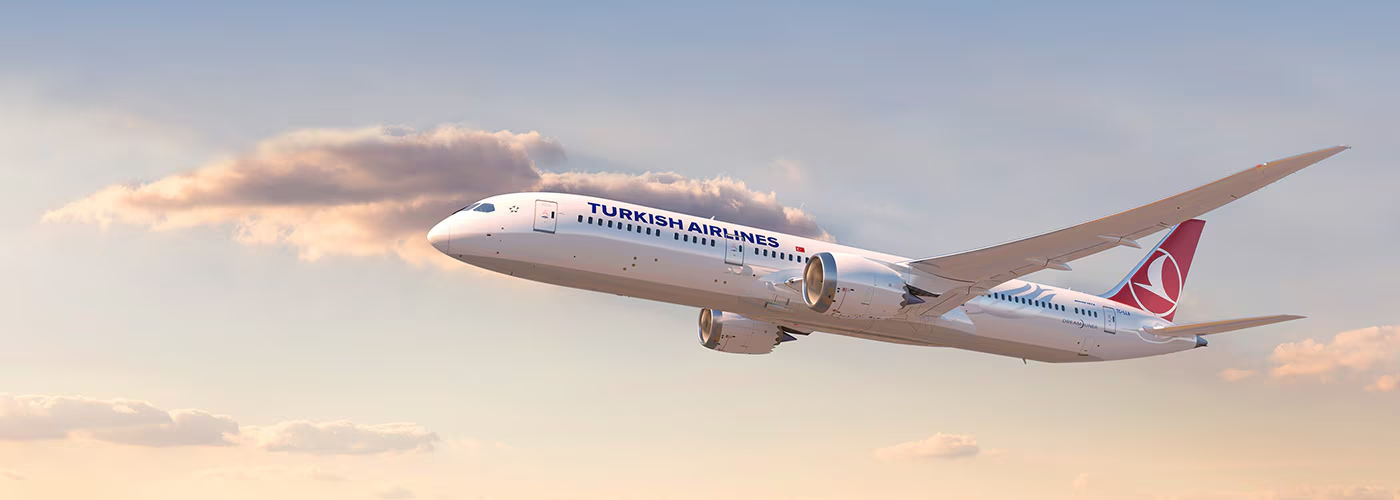Supersonic Passenger Jets; The Future of Faster Travel
What if you could fly from New York to London in just three hours? Is the dream of supersonic travel about to become a reality? As technology advances, would faster flights transform the way we travel forever? In a world where time is everything, many people believe that the future of aviation lies in supersonic travel. The race for speed is heating up—what is next for the skies?
What are Supersonic Jets?
Supersonic jets are aircraft that travel faster than sound, with the ability to reach incredible speeds of about 767 mph or more. They are turbojet-powered with incredible speeds, which make them break the sound barrier, creating a “sonic boom.” Supersonic flight allows for much faster travel over long distances, reducing flight times significantly. These days, most of the manufactured jets are fighter jets designed for political and military purposes.

The Rise and Fall of Concorde: A Glimpse into the Past
The British and French aerospace companies made a collaboration in the early 1950s on design studies of supersonic jets. The Concorde was the first supersonic airliner to enter service, flying across the Atlantic at twice the speed of sound. The word ‘Concorde’ in French means agreement or harmony.
The Concorde cruised at higher altitudes than commercial aircraft, between 55,000 and 60,000 feet; enough for its passengers to see the Earth’s curvature. Concorde carried 92 to 128 passengers and offered luxury service specialized for elite travelers in a four-across seating arrangement. Despite all these odds, this innovation spiraled into a downfall that it would never recover from.
Since the Concorde flew at twice the speed of sound, it produced a strong shockwave known as a sonic boom. These shockwaves transmitted into the air that would shatter the glass. They also made a lot of noise when flying over residential areas. The entire venture shut off in 2003.

Technological Advancements in Supersonic Jets
While designing turbojets seems like a great progress in aviation technology, it comes with challenging demands. Unacceptable noise from sonic booms is one of the main barriers to this vision. While there are hopes that supersonic jets would come back to life, the approach is still under study and research.
NASA Aeronautics is leading the nation in the development of tools and technology. Their goal is to overcome the barriers to a future affordable, acceptable, and sustainable commercial supersonic market. They are primarily focusing on improving low-boom technology, using advanced computational fluid dynamics (CFD) and improved propagation modeling tools.
Environmental Considerations: Can Supersonic Jets Be Sustainable?
Supersonic jets should follow some strict regulations, and market demands to consider returning them back to operation. Besides the issue of sonic booms, there are other challenges that hinder the progress of developing supersonic jets. Such as:
- The increased demand for fuel due to high operating speed
- High percentages of carbon emissions
- Costly maintenance of the mechanical parts and fuel
- The decrease in market demand to the cost of operation ratio
As of today, companies are working on producing sustainable aviation fuels (SAFs). This approach will help decrease the life cycle of carbon emissions and is cost-effective as well. Along with the low-boom technology, this approach gives a glimpse of light for the future of faster travel.

The Future of Faster Travel: When Can We Expect Supersonic Jets?
There are plans that supersonic flights are to be launched in 2029.
- Boom Overture: Boom Technology is developing the Boom Overture, a supersonic airliner expected to be introduced around 2029-2030. They have already secured orders from major airlines like United Airlines and American Airlines.
- NASA’s X-59: NASA, in collaboration with Lockheed Martin, is working on the X-59. It is a quiet supersonic aircraft designed to prevent sonic booms. The X-59 is set to be unveiled on January 12, 2024, with test flights expected to commence in 2024.
So, there it is: supersonic travel is making a remarkable comeback with cutting-edge tech and a focus on sustainability. Despite all the challenging issues that faced the aviation industry, with innovation and determination, it is only a matter of time before the beginning of a new exciting and challenging era.
Bassant Ahmed is a dedicated student currently pursuing a degree in Aerospace Engineering at Cairo University. With a deep passion for aviation, she has always been fascinated by the mechanics and innovations that drive the aerospace industry. Driven by her curiosity, Bassant aims to contribute to the field by combining her technical knowledge with a keen interest in the future of flight. In addition to her studies, she is focused on improving her writing skills, recognizing the importance of effective communication in both engineering and beyond. Her commitment to personal and professional growth reflects her ambition to excel in her academic journey and future career.
You might also like:
- Atlanta Airport Retains Title for Busiest Airport
- The first high speed frontier.
- Mexican Government Finalizes Sale of Presidential Boeing 787 to Tajikistan
- History of planespotting
- Air Mauritius A350 Expansion Announced at Paris Airshow
Discover more from Aviation for Aviators
Subscribe to get the latest posts sent to your email.














Leave a Reply